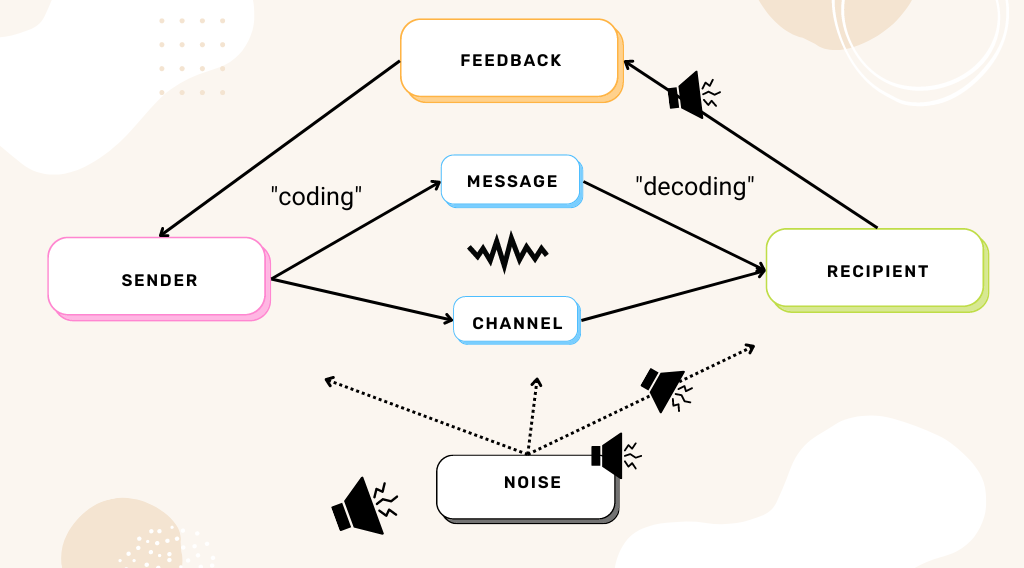Communication is the foundation of many business roles, ranging from leaders and managers to marketing and PR professionals and even customer support or sales. All of them, more or less successfully, consciously or unconsciously, use a key ingredient before grabbing attention and building trust. Just like in cooking, where basic rules form the basis for unlimited combinations, in professional communications, the foundation is simple, but the possibilities are endless.
The most important ingredient in meaningful and purposeful communication, crucial for building trust and capturing attention, is listening.
All experts for whom effective communication is the basis of their work have their own styles, creative inspirations, and trade secrets, just as top chefs have secret spices or ingredient combinations that make them unique and recognizable. Besides communication experts, influencers, and media professionals, all of us use communication skills—more or less successfully.

Cooking and communication have something in common—they are based on a combination of skills, knowledge, and creativity—and are used everywhere and every day. It seems to me that there is a similar understanding that there are countless combinations and that “anyone” can engage in them.
Sometimes it seems to me that there are two types of people—one for whom communication in business is a pleasure and the other who shies away from public speaking, audiences, and exposure to criticism.
I have worked more than half of my life in an international environment with both types, learning from the best, and the best lessons have come from my own and others’ mistakes.
The biggest mistakes and the greatest successes in communication directly depended on this superpower, or the secret ingredient. Its application is not straightforward, and dosage and timing are not prescribed. The secret lies precisely in the combination of skill, creativity, and knowledge.
The fear of communication starts precisely because of the lack of a clear formula. That’s why I want to write about the importance of the most important secret ingredient—the importance of listening.
Contrary to the popular belief that the success of strategic communication is based on messages, creativity, or media, experts know that everything starts with listening.
The first rule of strategic communication is to focus on the needs of those “on the other side”—interlocutors, audiences, or the market.
Good communicators understand the importance of the difference between what we want to say and what the audience needs to hear.
Listening doesn’t only involve surveys or demanding research but also understanding and contemplating the levels of knowledge, attitudes, resistance, expectations, and motivation.
It is precisely this connection—from the sender, through the “encoding” of the message, channel selection, “decoding,” and feedback, with a multitude of “interferences and noises”—that constitutes the beauty and complexity of the communication process.
The second ingredient is, of course, the clarity of the goal of our communication—if our goal was just to grab attention, we cannot expect someone to read between the lines and understand what our actual goal was and what we want to change.
If we use the journalistic formula of answering the questions of what, who, when, where, how, and why, that will be the first step in collecting the basic ingredients of clear content. Editorial questions can serve as headlines: Who cares? Why today? Now what?
What? Who? Where? When? How? Why? Who cares? Why today? Now what?
In the end, asking questions to the audience and activating their physical, cognitive, or linguistic engagement complements this recipe for everyday use.
Communication skills are learned, perfected, and developed throughout life, in parallel with practicing new tools, new technologies, and new media that help us in this. When the basic ingredients are in place, only then is there room for creativity, testing, and learning from mistakes.
